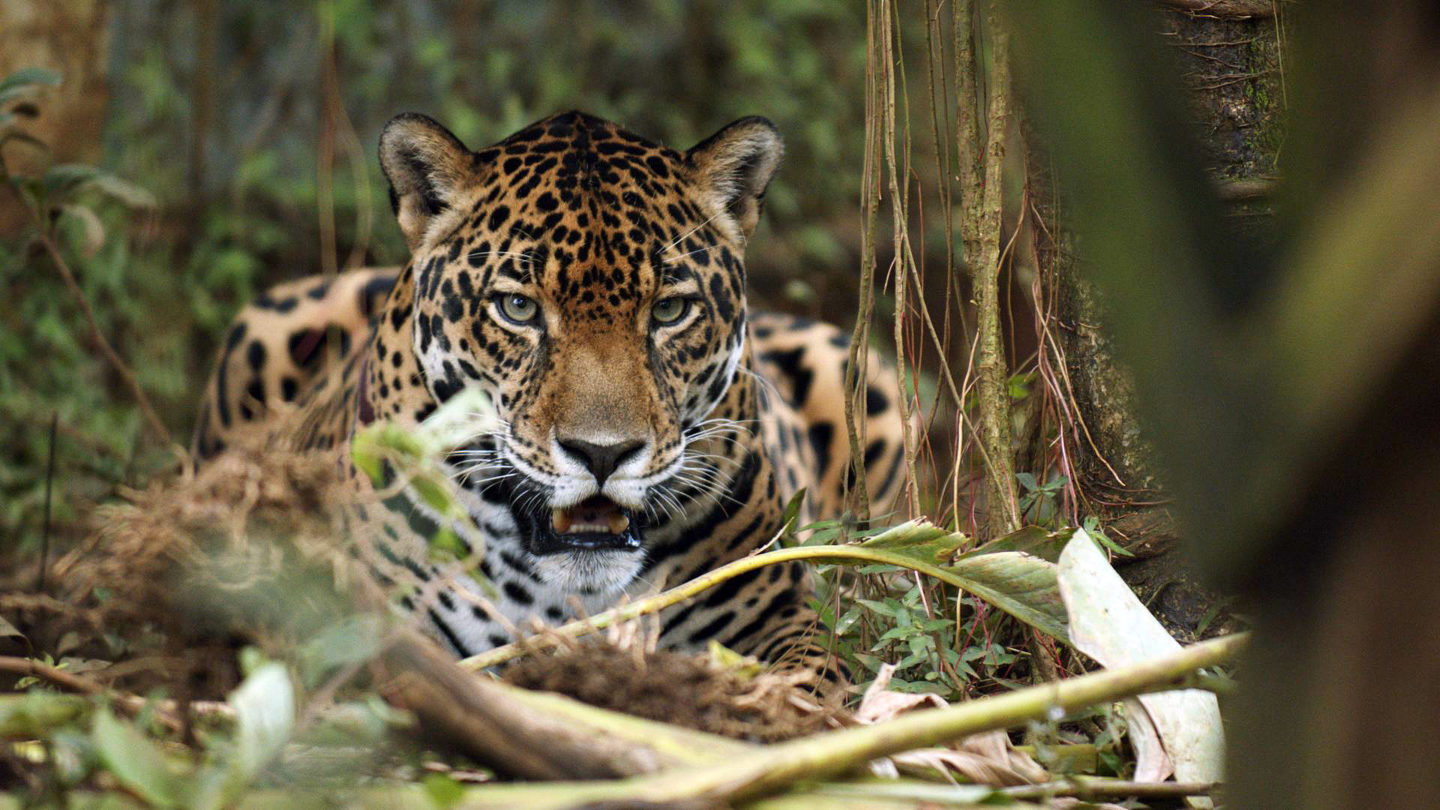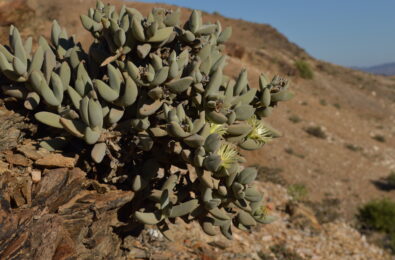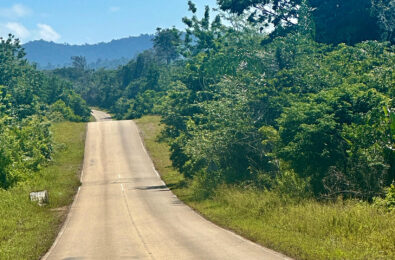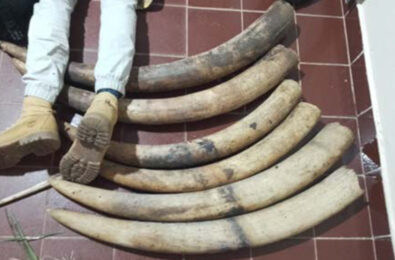The Effectiveness of Protected Areas

To preserve the amazingly diverse ecosystems together with the species, populations, and communities they hold, protected areas have been widely implemented across the world. While global diversity hotspots and conservation priorities have been identified, conservation efforts like these protected areas may not always be as effectively dispersed to cover the most important regions for biodiversity.
Central America and Southern Mexico is considered to be a unique and critical biodiversity region and many protected areas have already been set up in this region using a multinational system. However, this region covers a vast amount of land and not much research has focused on setting conservation priorities at smaller scales, for example the local and regional level.
José F. Gonzalez-Maya (winner 2015) was curious to know whether the existing protected areas in Southern Mexico are effectively preserving the important biodiversity of the region. Southern Mexico is home to many different species and the Usumacinta River, the largest river in Mesoamerica, runs right through it. So, José and his colleagues set out to see whether the diversity of mammal, bird and amphibian species are well-represented in the protected areas in the Usumacinta River Basin, and recently published a paper about their results.
In short, José’s study first identified species hotspots in the basin and then looked at whether these are covered by the protected areas. They found that the most biodiversity rich areas are not currently included in the existing protected areas within the Usumacinta River Basin. Unfortunately, many threatened species appear to be living outside the protected areas. José and his colleagues hereby highlight it is vital to have good look at the existing conservation system to effectively conserve biodiversity. Alternative landscape management may be necessary to successfully safeguard species, for example by creating additional protected areas or expanding the existing ones.

















